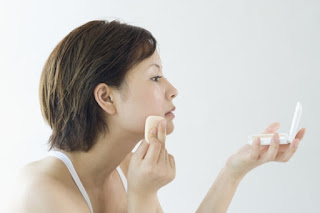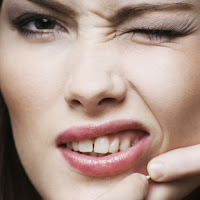At one point all and sundry were attempting to find approaches on how to be completely acne-unfastened. right here are a few herbal and no longer so herbal acne treatments which are demonstrated to be effective.
1. Witch Hazel Astringent
This astringent comes from the plant with the same name. it's miles extensively spread from nova scotia in canada right down to texas and florida. simply steam the twigs of this plant and voila! the extract you get from it serves as your astringent. don't forget to chill it although. what?s accurate about this is that it takes place evidently or even the process it has passed through is all natural. you can be confident it's miles less harsh compared with commercially-produced astringents.
2. Commercially Produced Astringents
There's no doubt that astringents we should purchase over-the-counter also are effective. there are plenty of versions to select from with additional elements that promote higher skin. the most effective disadvantage is it may be a bit harsh because of the chemicals added to produce this formulation. use them with more care as they are able to dry the skin.
3. All-Herbal Remedies
Kitchen and acne are two enemies we might not be aware of. scout your kitchen for stuff like oranges and lemons, sparkling garlic and uncooked potatoes.
- Oranges and lemons just want to be squeezed on cotton balls. observe the extract on affected regions and wash it after about 20 mins.
- Sparkling garlic is used an awful lot less complicated. simply get rid of its peeling and rub it on your face.
- As for raw potatoes, peel them and rub its flat floor in your face.
The herbal extracts from these end result and greens can assist reduce the redness on the equal time can clean the skin.
4. Oral antibiotics
For intense instances, antibiotics are prescribed. those medicinal drugs are orally taken to reduce the quantity of micro organism inside and around pores and skin follicles. in addition they lower the exasperating chemical substances that the white blood cells produce. lastly, antibiotics lessen the awareness of the loose fatty acids discovered in sebum, additionally growing an anti inflammatory movement. consult your dermatologist for the proper antibiotic and dosage.
Tetracycline is still the most usually prescribed antibiotic for acne remedy. most of this antibiotic need to be taken on an empty belly. also, this shouldn?t be used by pregnant girls and kids beneath nine. commonly, the beginning dose is initially 500 milligrams twice each day and is continuously taken until prescribed, or until a good sized losing off of lesions is visible.
Erythromycin comes near 2d and can be prescribed to pregnant women. but, it could purpose nausea and even disenchanted belly. in comparison to tetracycline, that may simplest kill micro organism, erythromycin has each anti inflammatory and bacteria-killing residences. additionally, this antibiotic wishes to be taken in a meals-crammed tummy. you could speak other possible antibiotics along with your docs regarding the results and side-consequences of each.
5.Topical Treatments
Externally carried out lotions are also tested powerful for pimples treatment. however, it outcomes to drying and flaking however it is stated to be the only remedy for excessive zits. benzoyl peroxide is one very not unusual and effective topical zits treatment.













